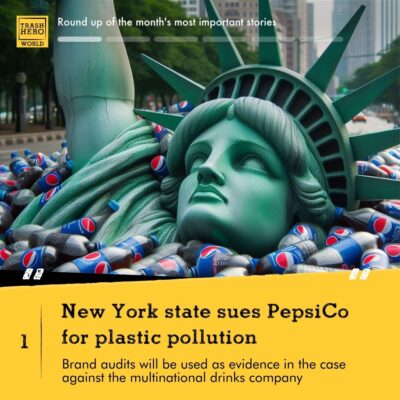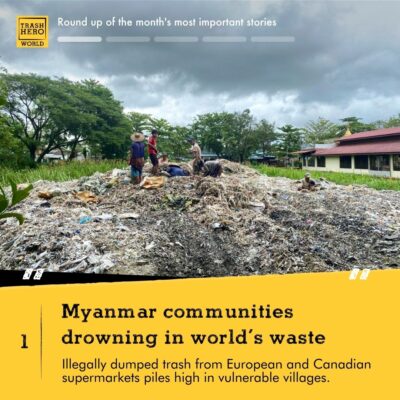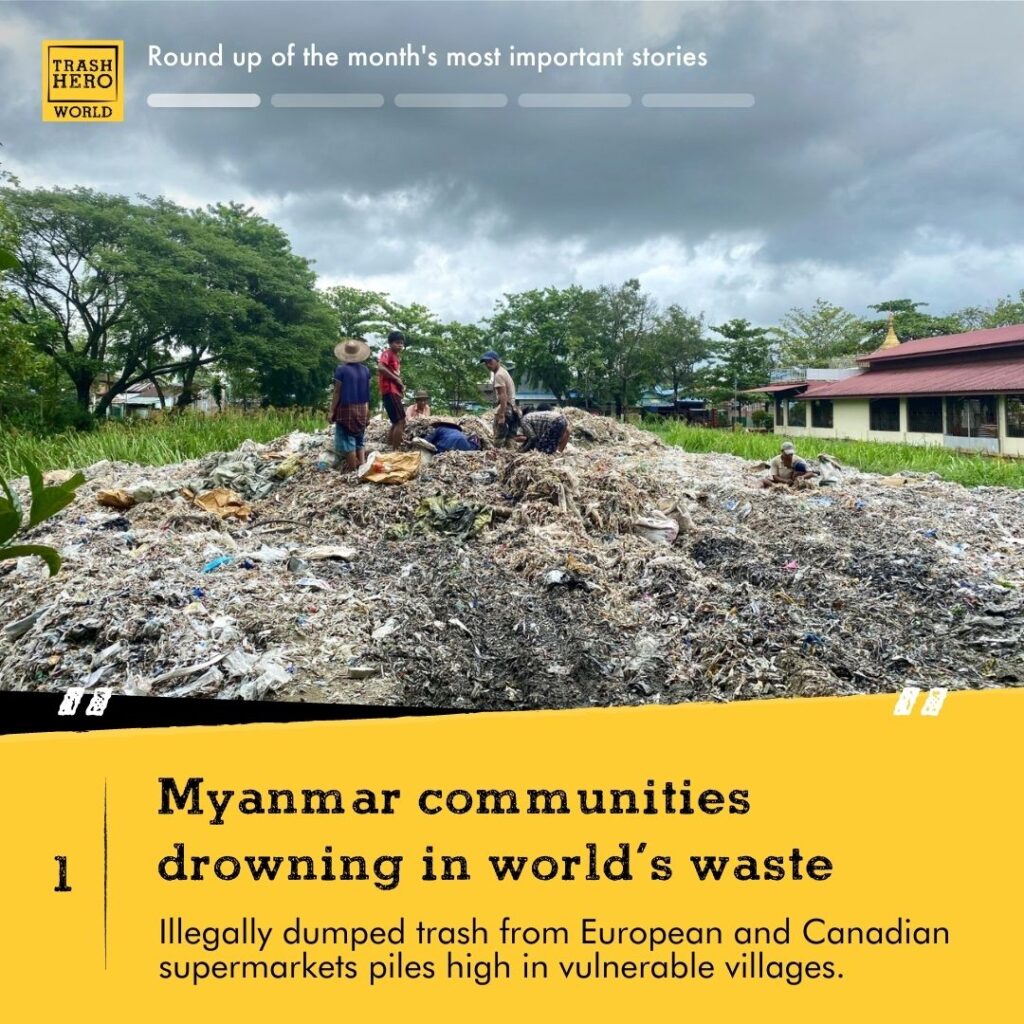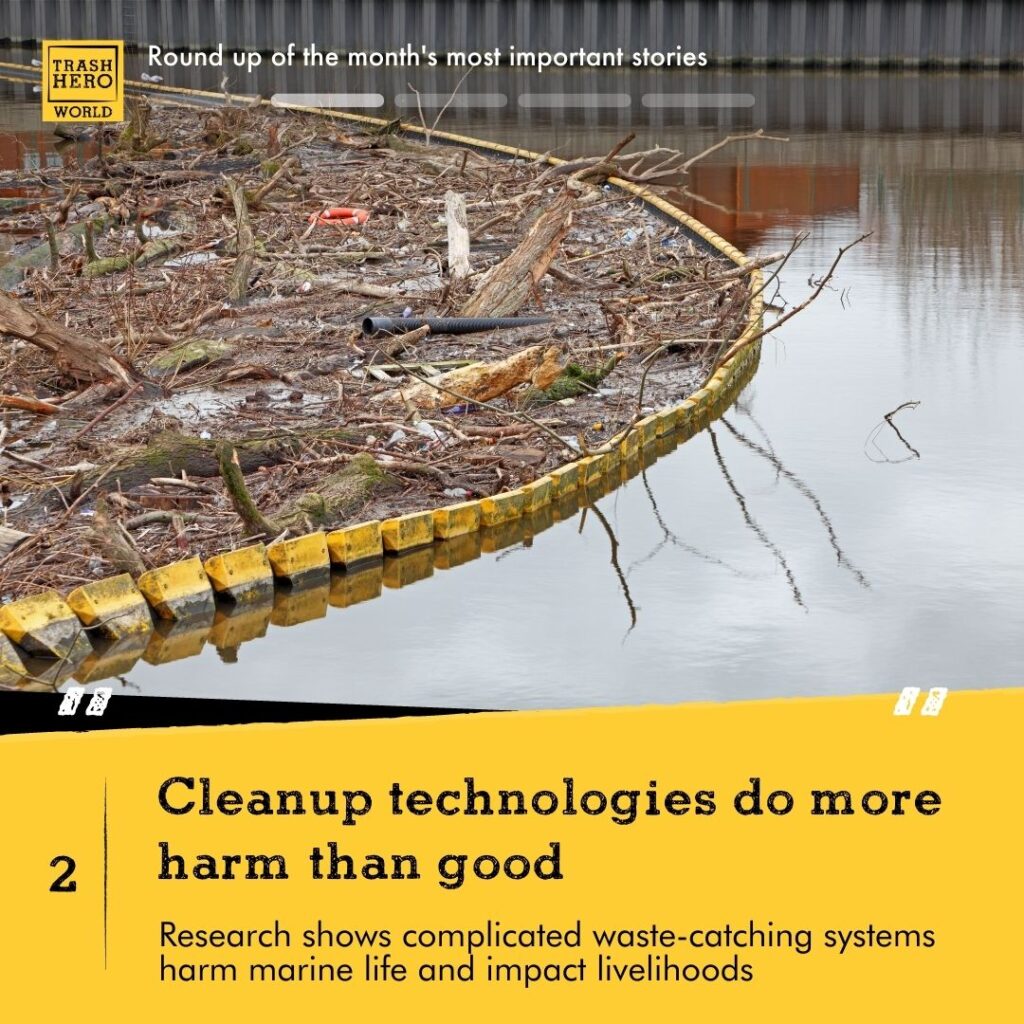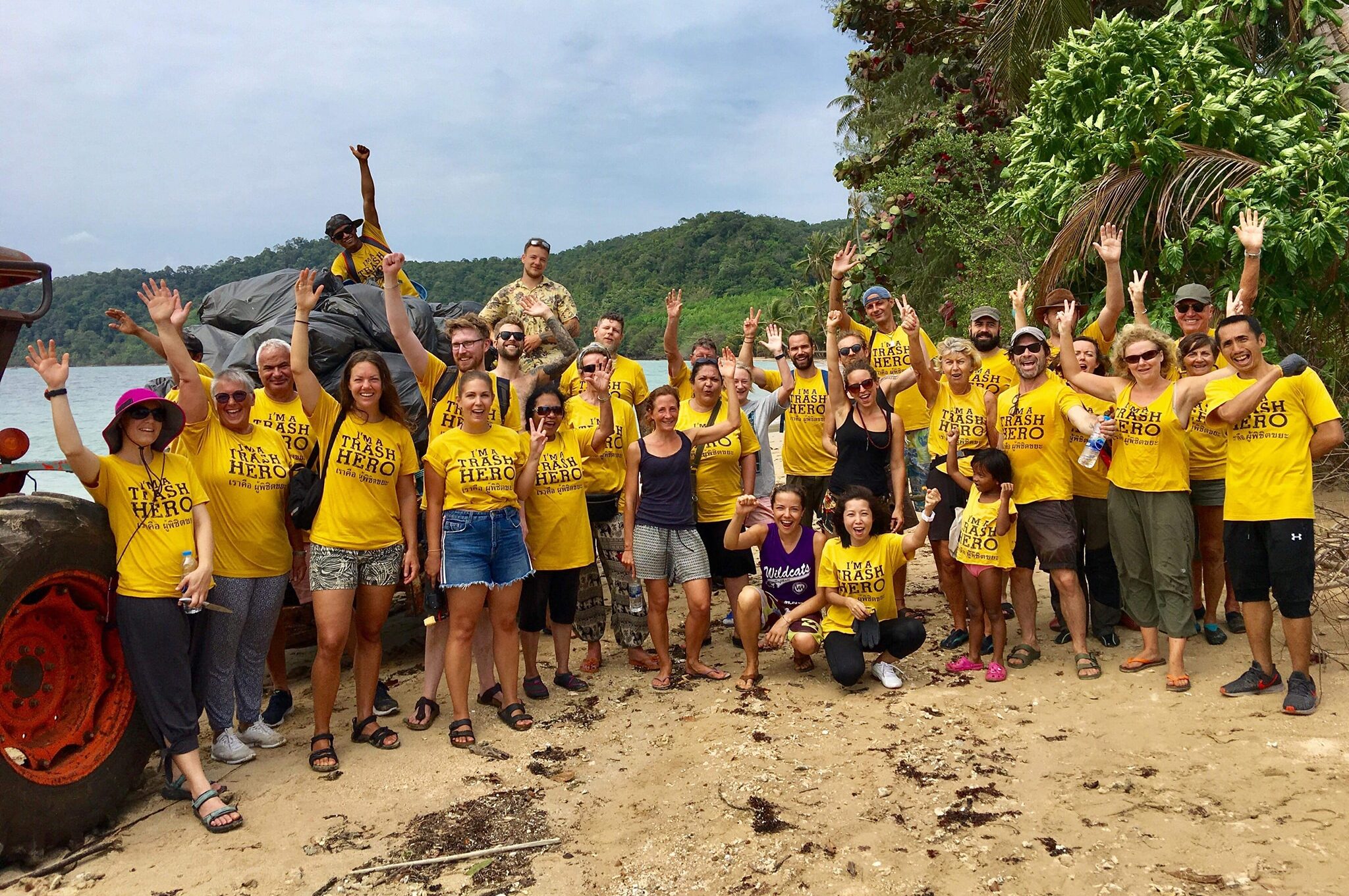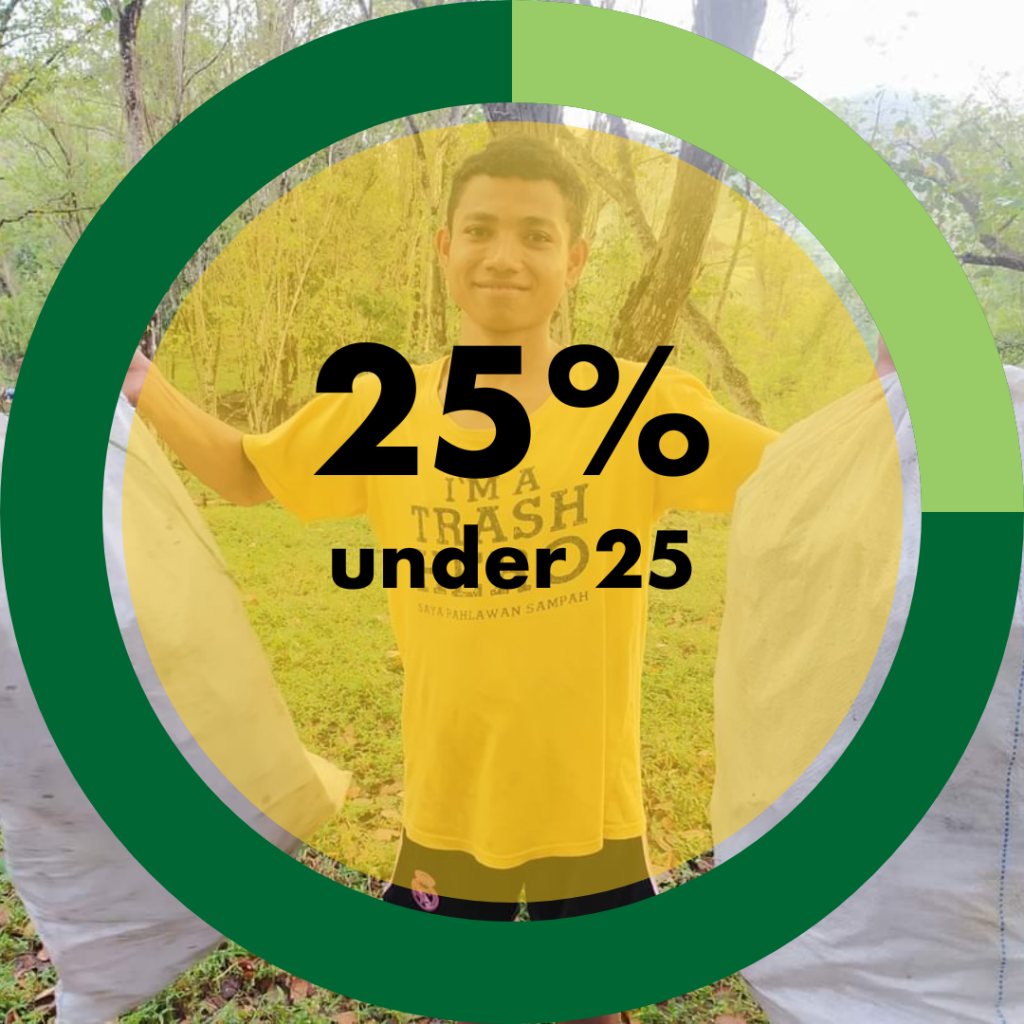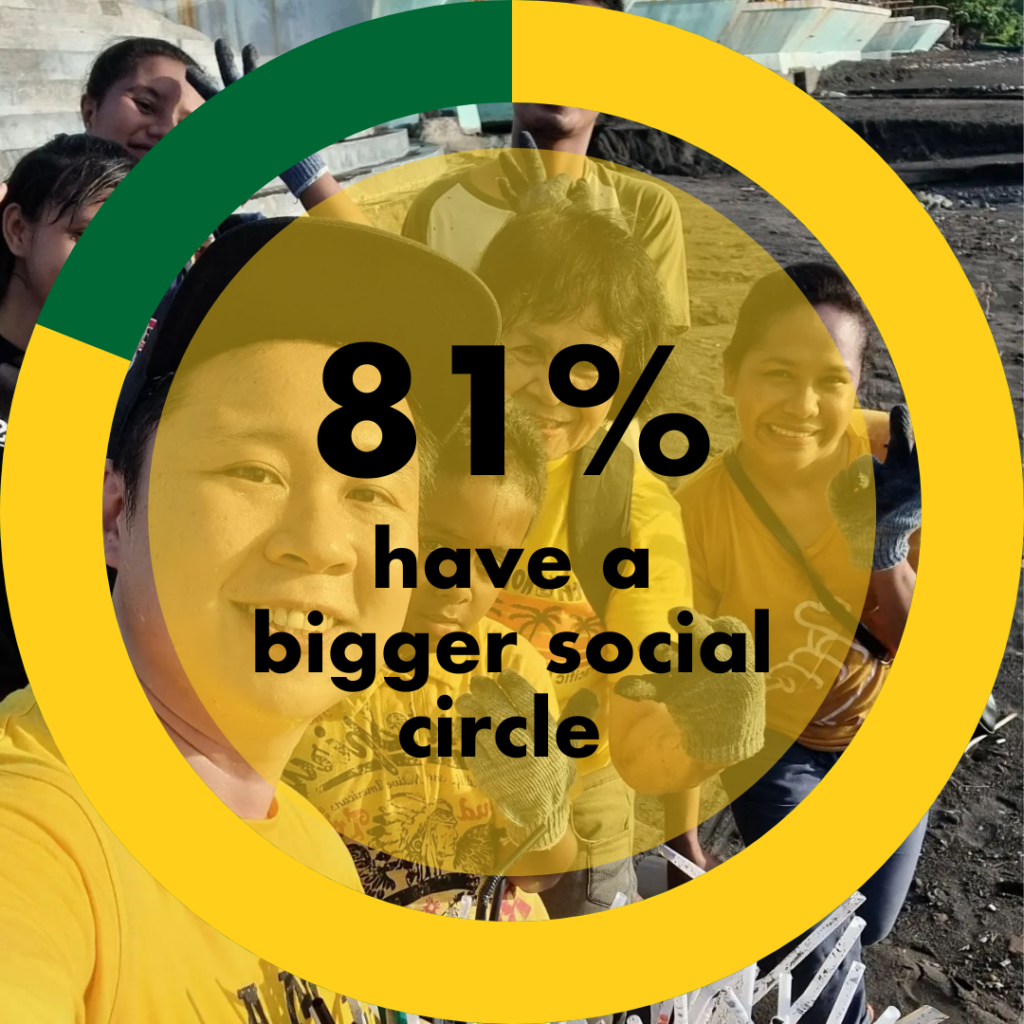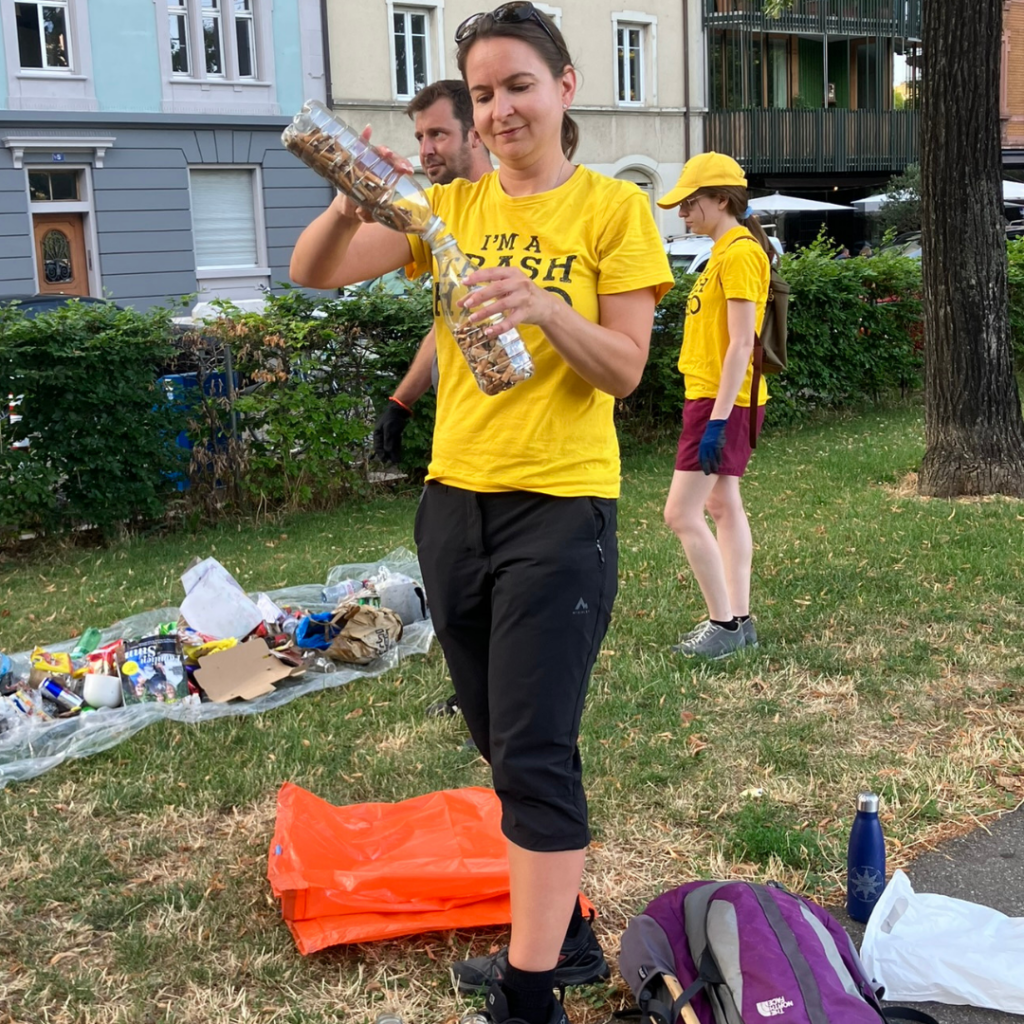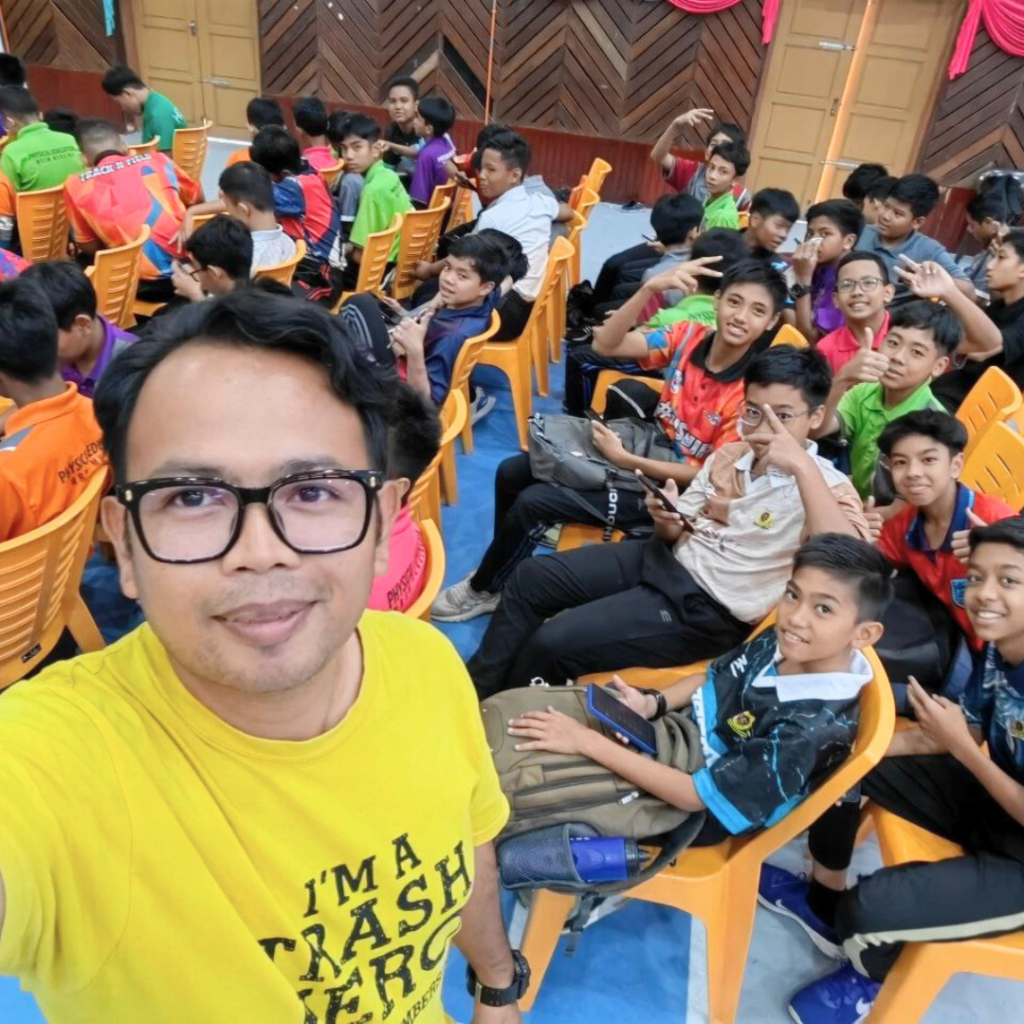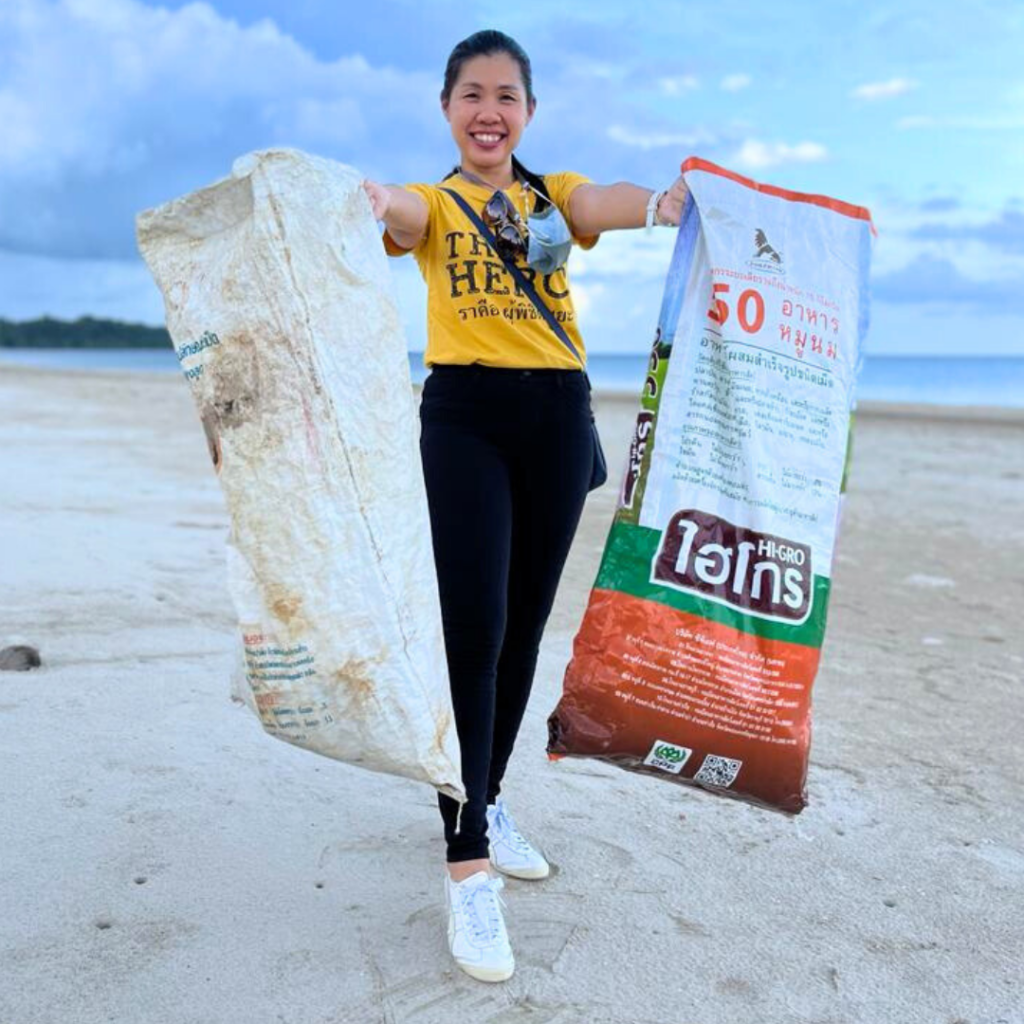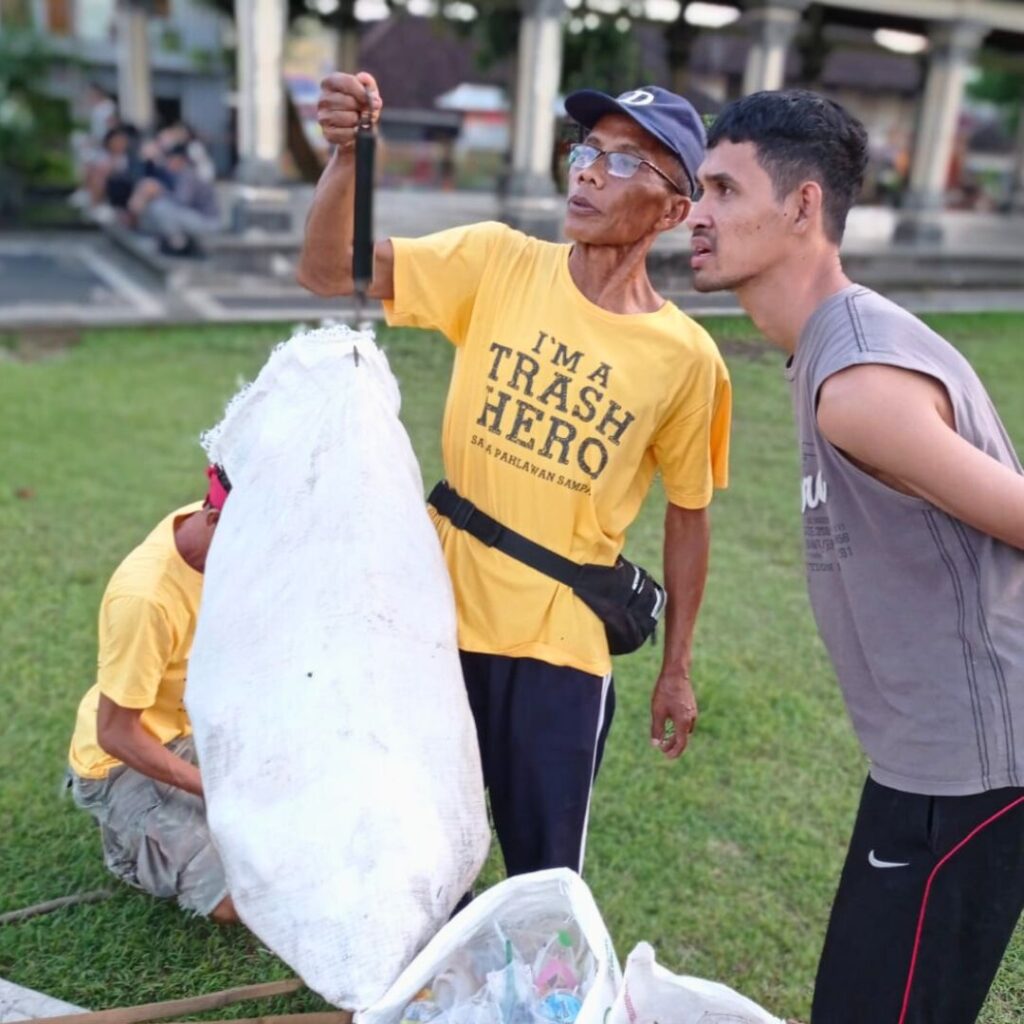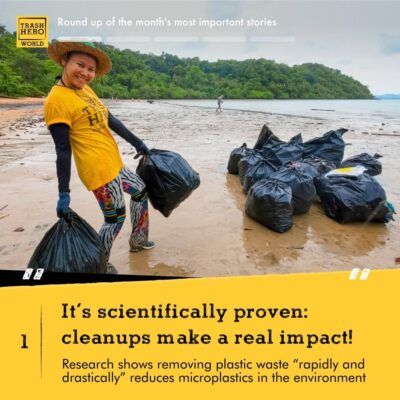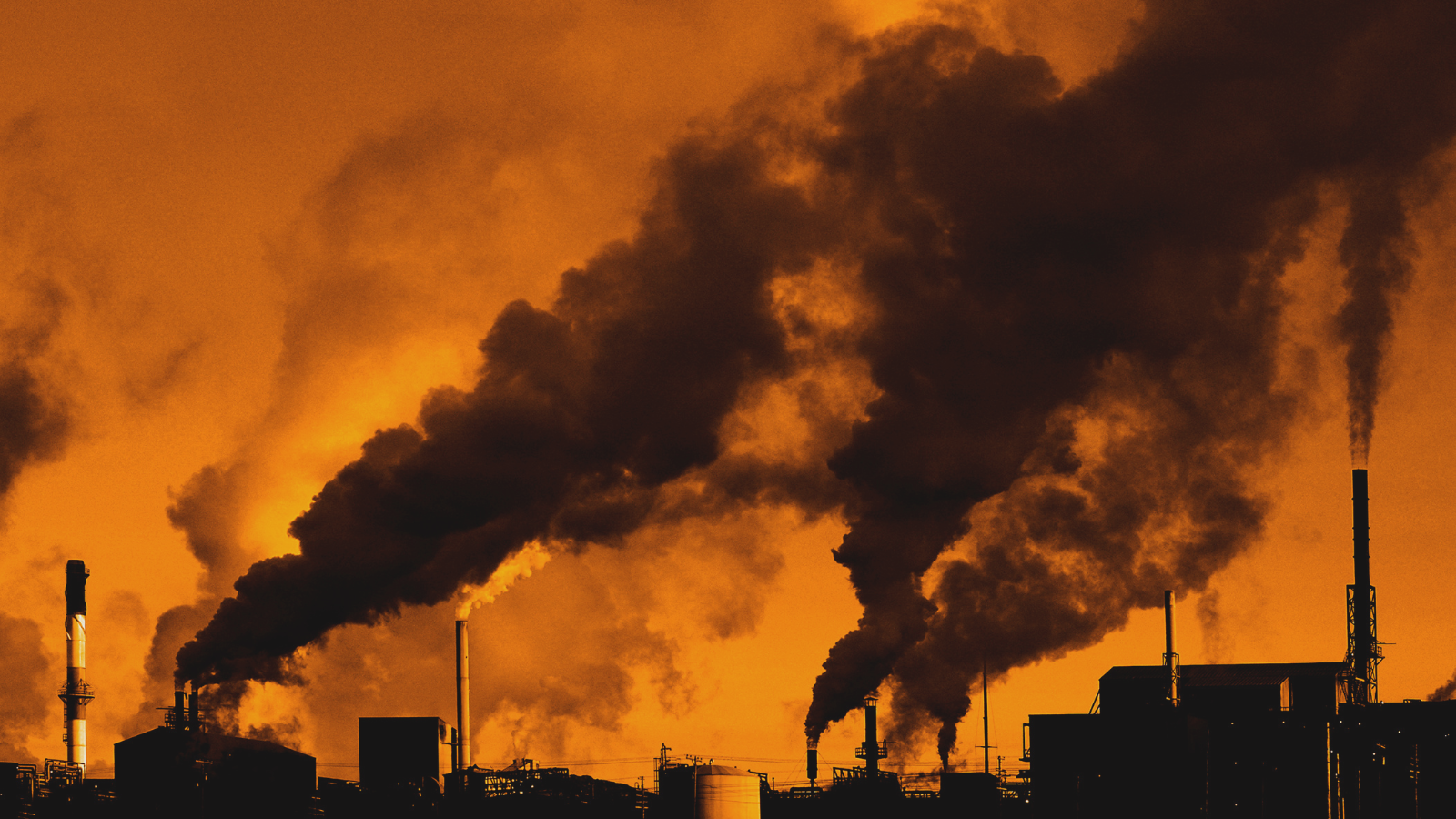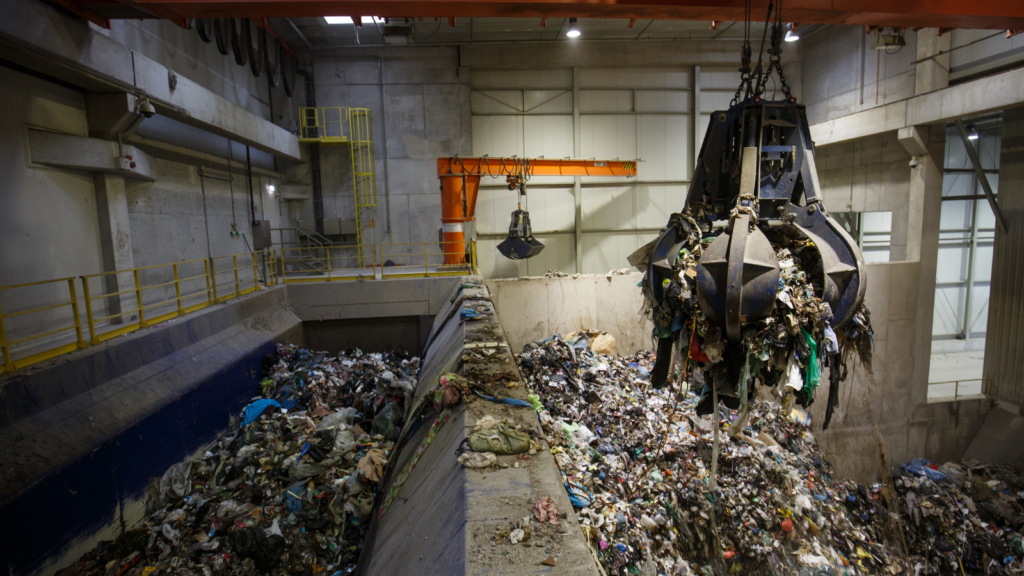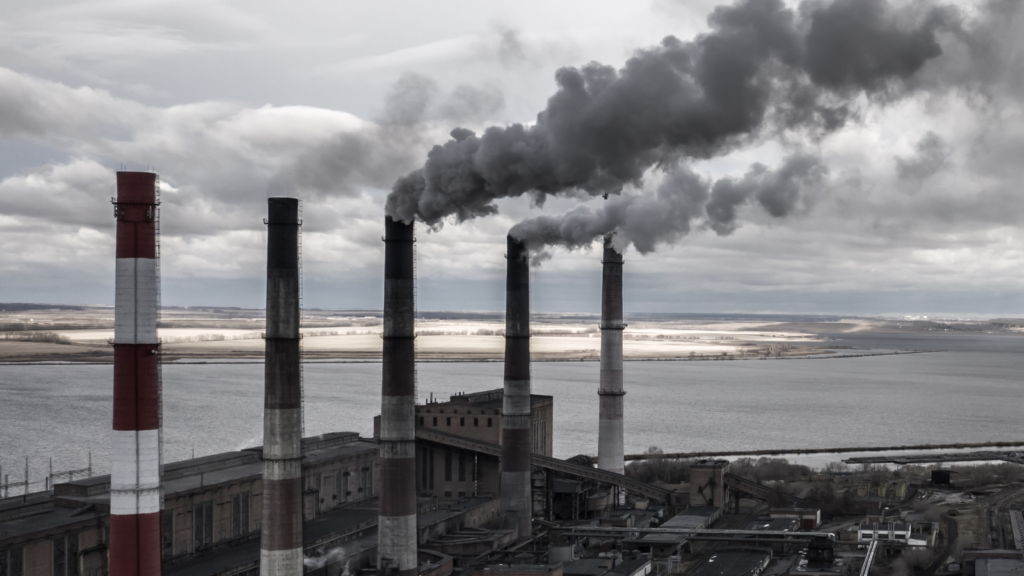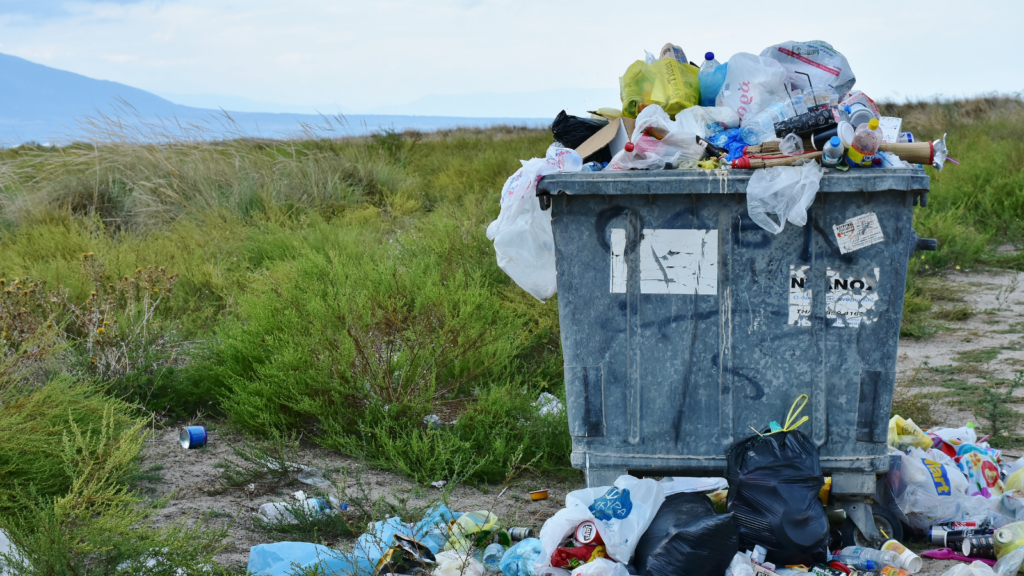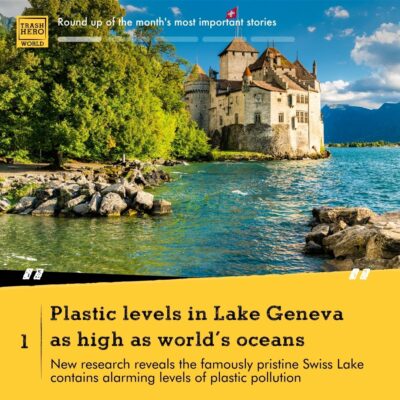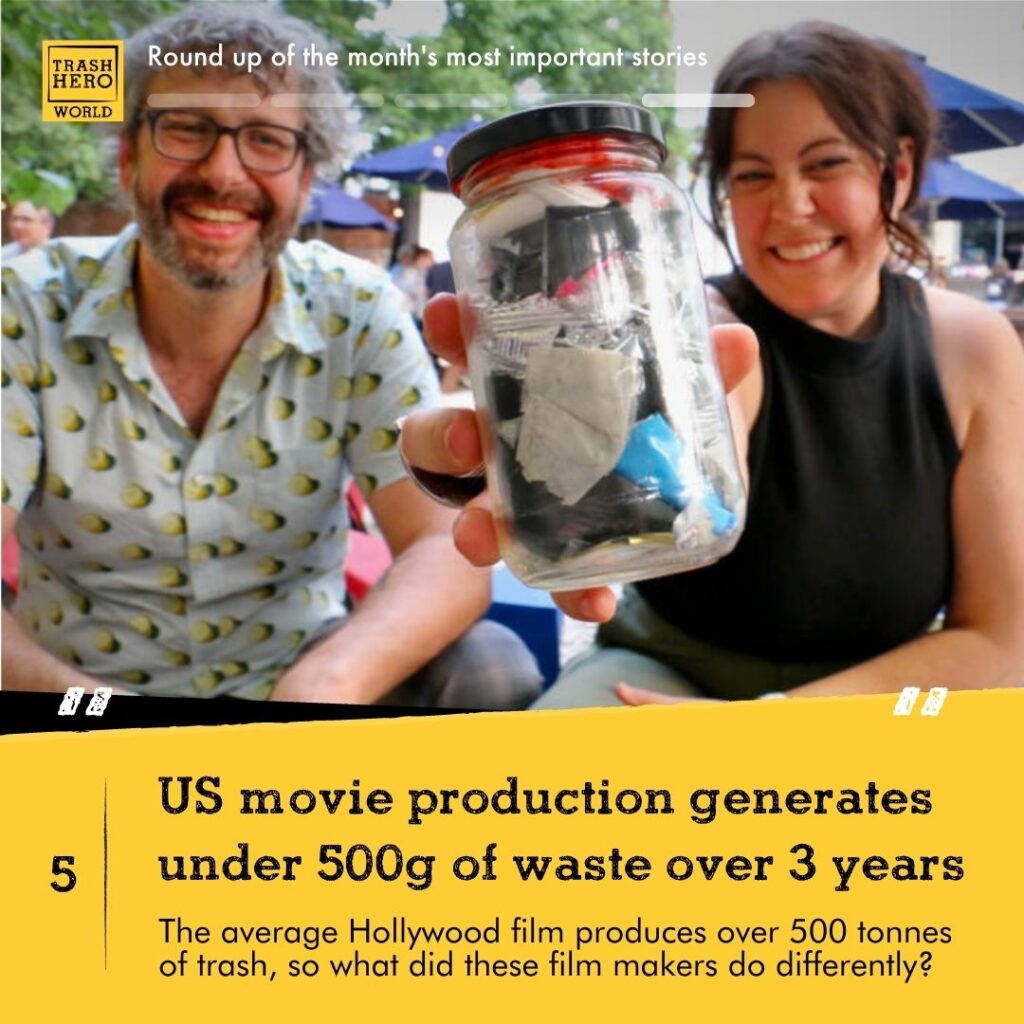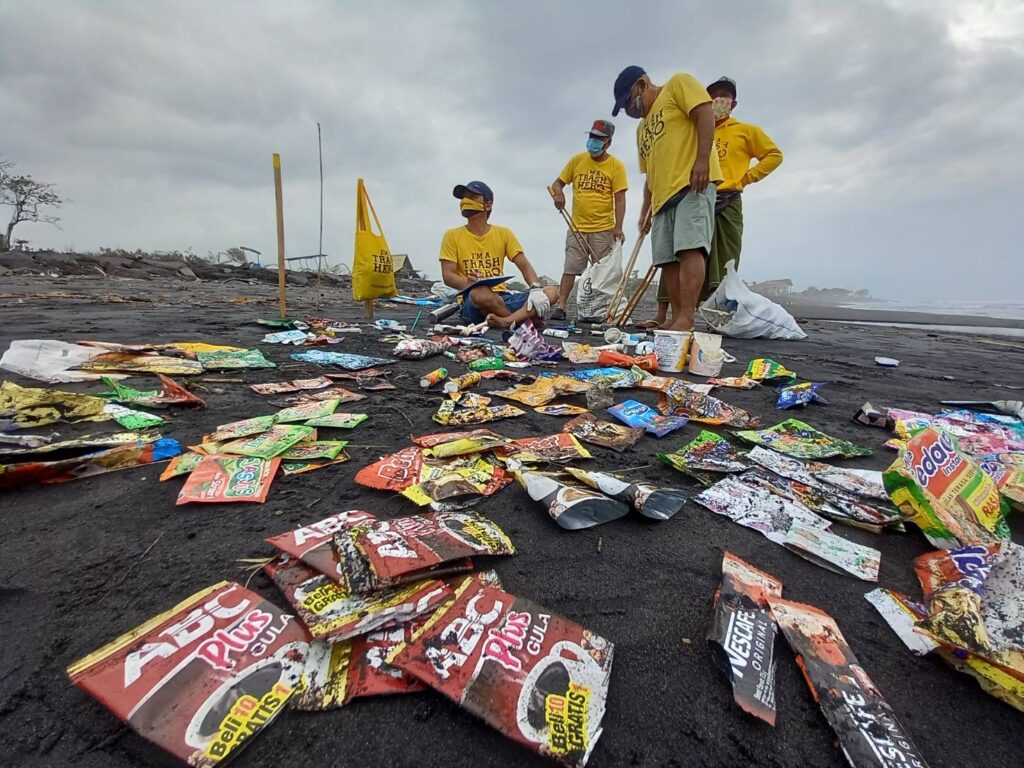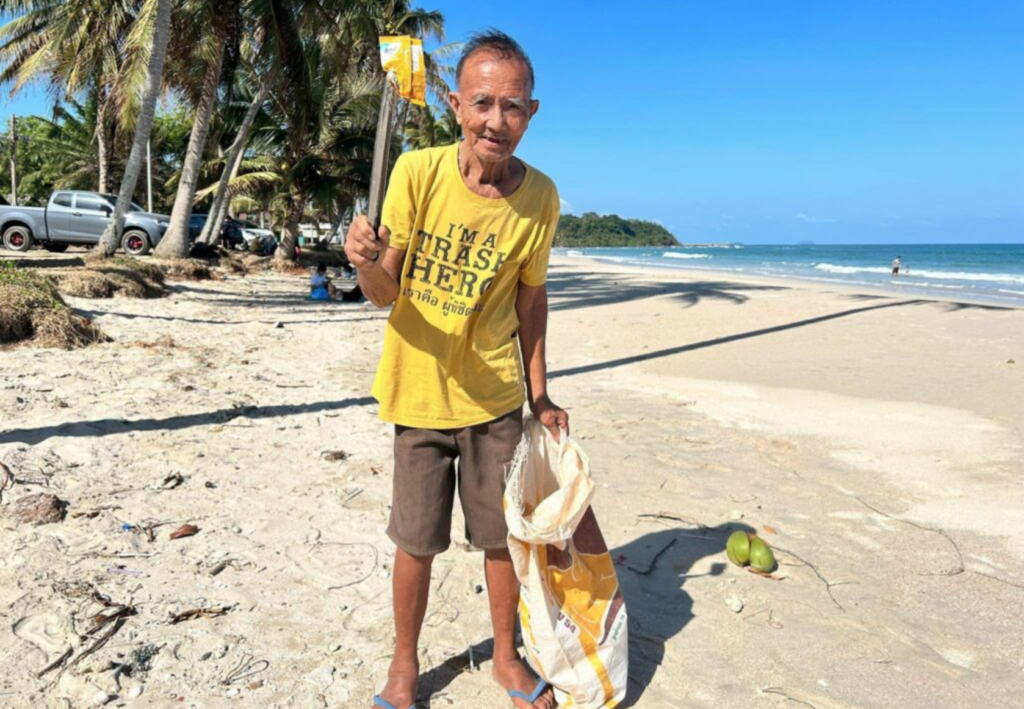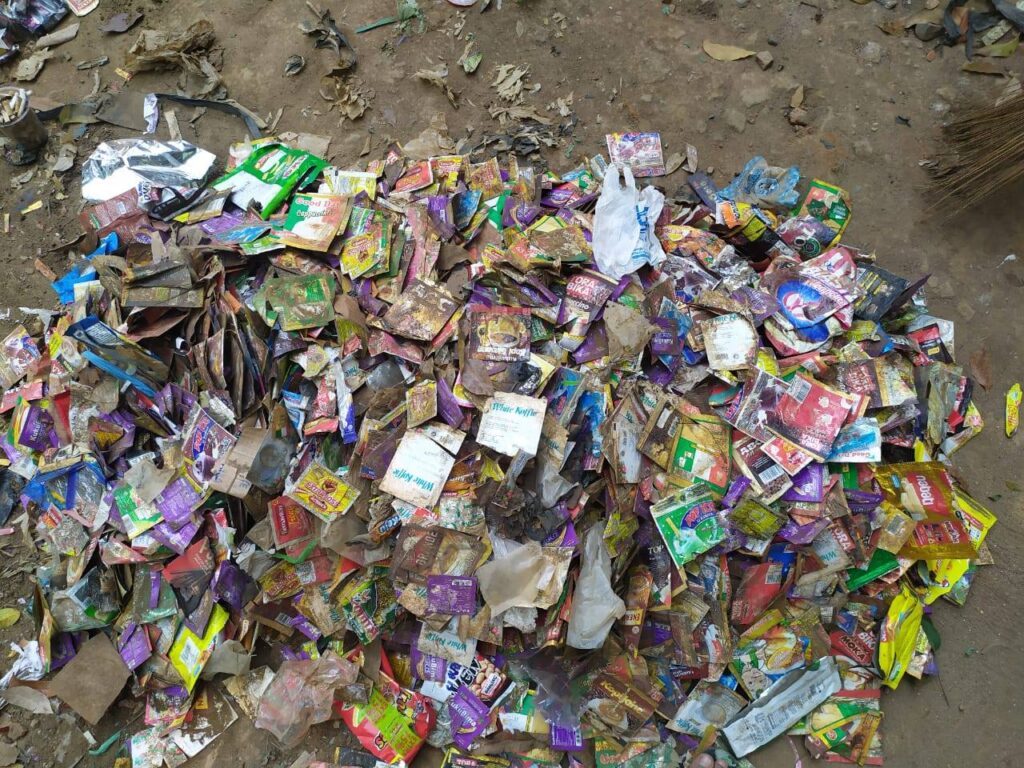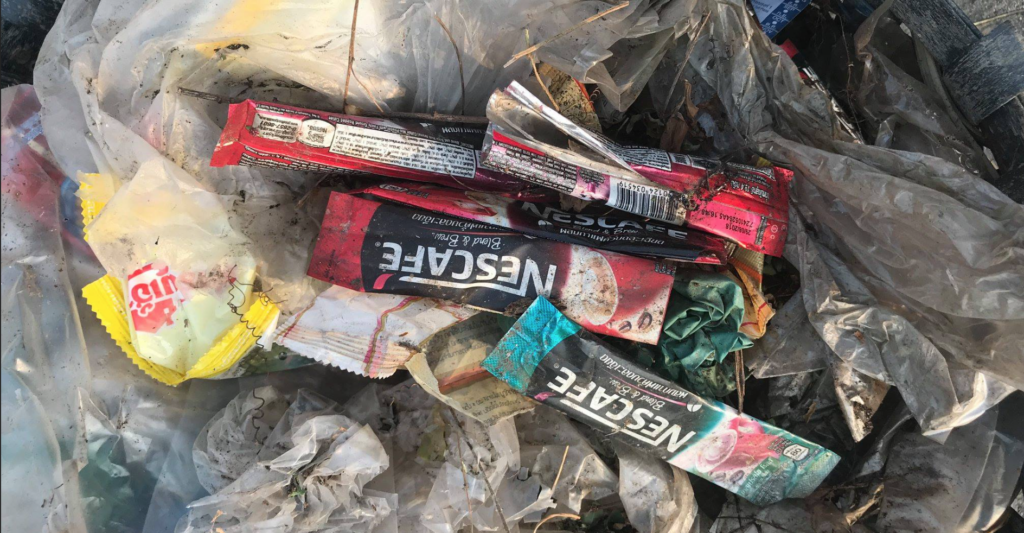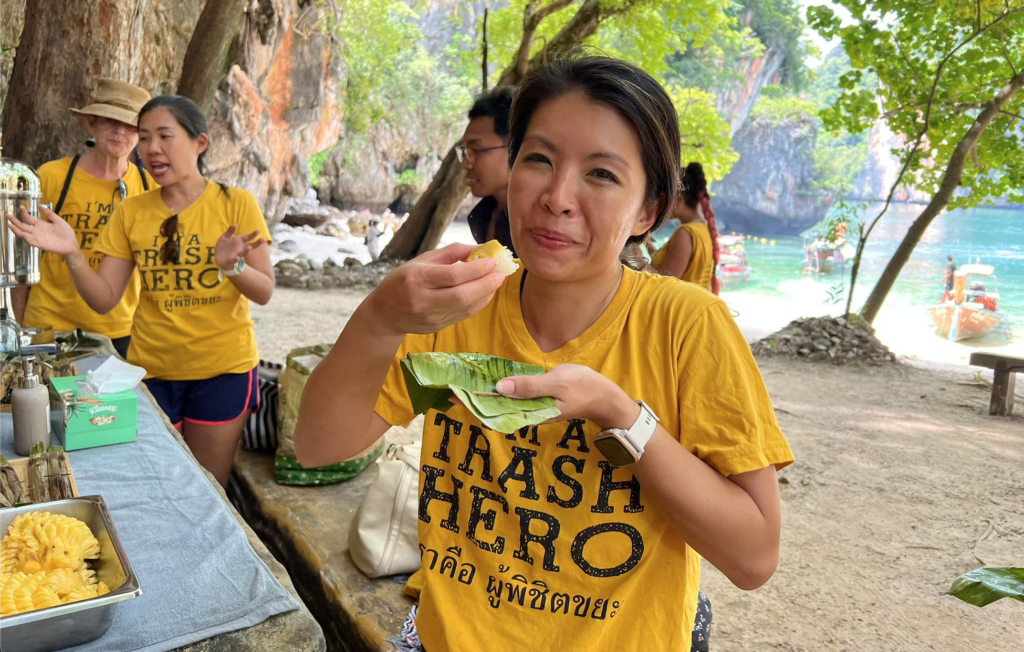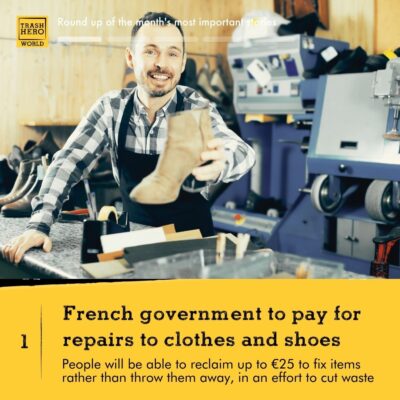Trash Hero Kota Kinabalu leader, Zurainee, was excited to meet her volunteers in a different setting: “it felt good spending time with heroes in a different and ‘cleaner’ platform”.
It’s true that when they usually meet – before, during and after cleanups – Trash Hero volunteers are engrossed in the task at hand. Most of their training is done on the job.
Our Family Meetings, which were most recently held during the last quarter of 2023, give them a chance to spend time together in a different way. They allow for more in-depth discussions, planning and knowledge-building, as well as providing an opportunity to develop stronger friendships and support systems.
During November 24 – 26, Trash Hero Indonesia hosted its second Family Meeting of the year in Bali, for all active chapters within the country. Seventy participants joined the three-day event from 33 different locations.
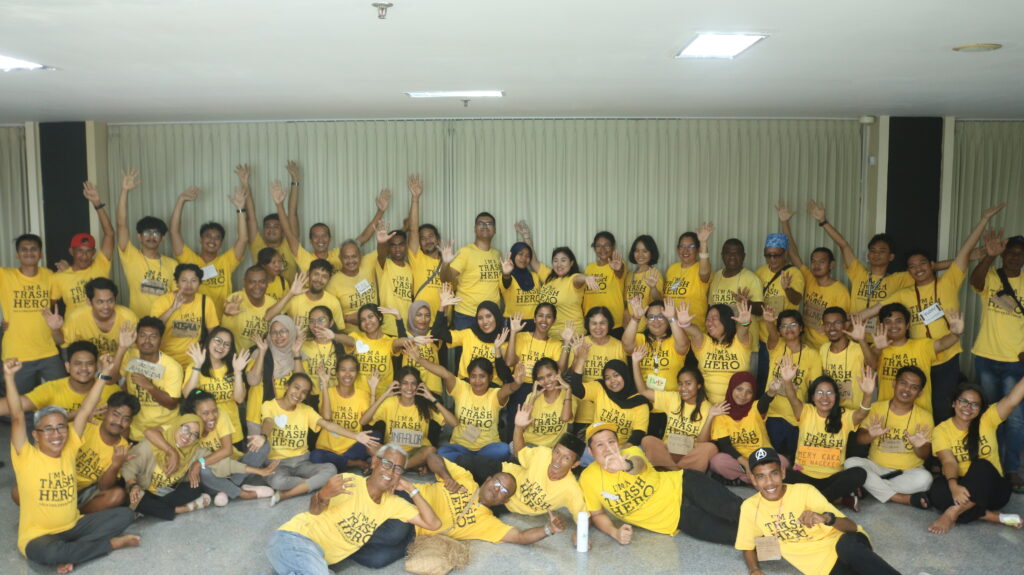
The country team delivered a packed agenda focused on the ‘why’ and ‘how’ of our activities. The volunteers learned the basic principles of zero waste communities and about the impacts of plastic pollution on climate, human health and biodiversity through interactive games and mini-workshops. They also honed their skills in effective communication, community engagement and strategic planning.
Rima Agustina, Trash Hero World’s Programme Coordinator, who led the event, said: “It was probably our most successful family meeting to date in terms of engagement. I am so inspired by our volunteers’ energy and willingness to learn these challenging topics.”
Feedback from the volunteers confirmed this impression. Clara Keban, a participant from Trash Hero Belu, said that she “learned many things from great friends and mentors […] Other than that, the most important thing that I got from this activity is kinship, cohesiveness and togetherness”.


Trash Hero World covers all the costs for the national Family Meetings, including the participants’ travel, accommodation and food, as well as the planning and logistics.
In other parts of the world, chapter leaders hosted local Chapter Family Meetings. These were first introduced in 2022 when COVID-19 restrictions eased, but travel restrictions meant we couldn’t host national Family Meetings. The feedback we received from volunteers was fantastic, so we have made them a regular event. The budget is again provided by Trash Hero World and, in some cases, local sponsors.
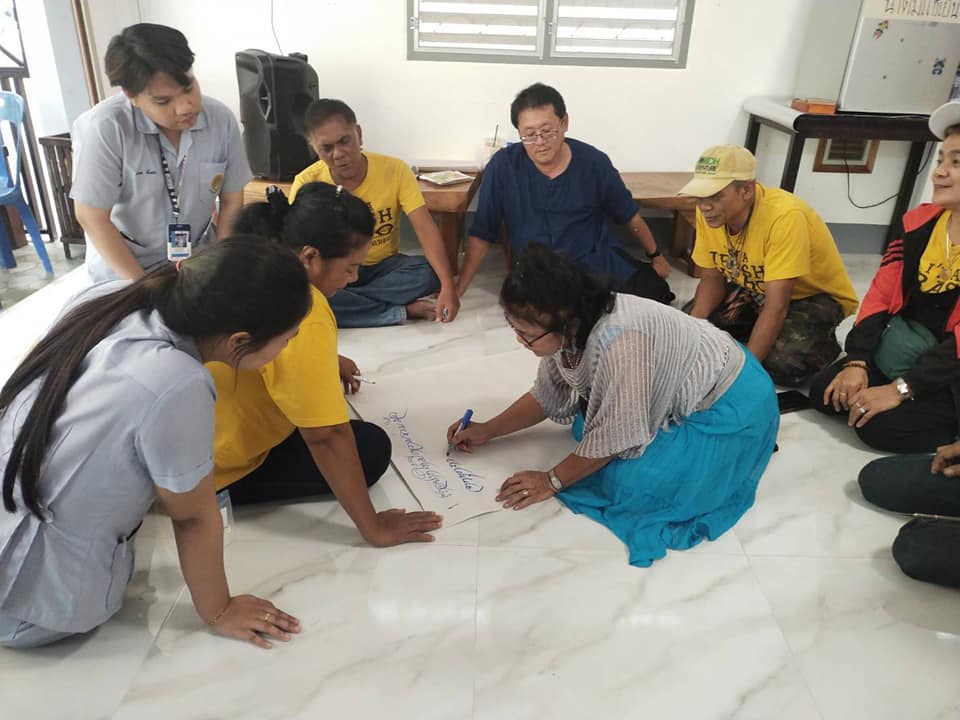

Chapters can make their own agenda for the meetings: some focused on team building with active volunteers, while others extended invitations to the public, community leaders and local government representatives, to broaden and strengthen their support base.
For example, Trash Hero Mersing in Malaysia organised a zero waste picnic at their local beach. They invited kids who had previously joined their cleanups – and their friends. The picnic, with fun games and prizes, was a great example of how to host events without creating waste, as well as a nice way to thank the children for their participation and engage more kids in their activities. Other Malaysian chapters, Trash Hero Cherating and Trash Hero Tuaran, also organised zero waste picnics for their teams.
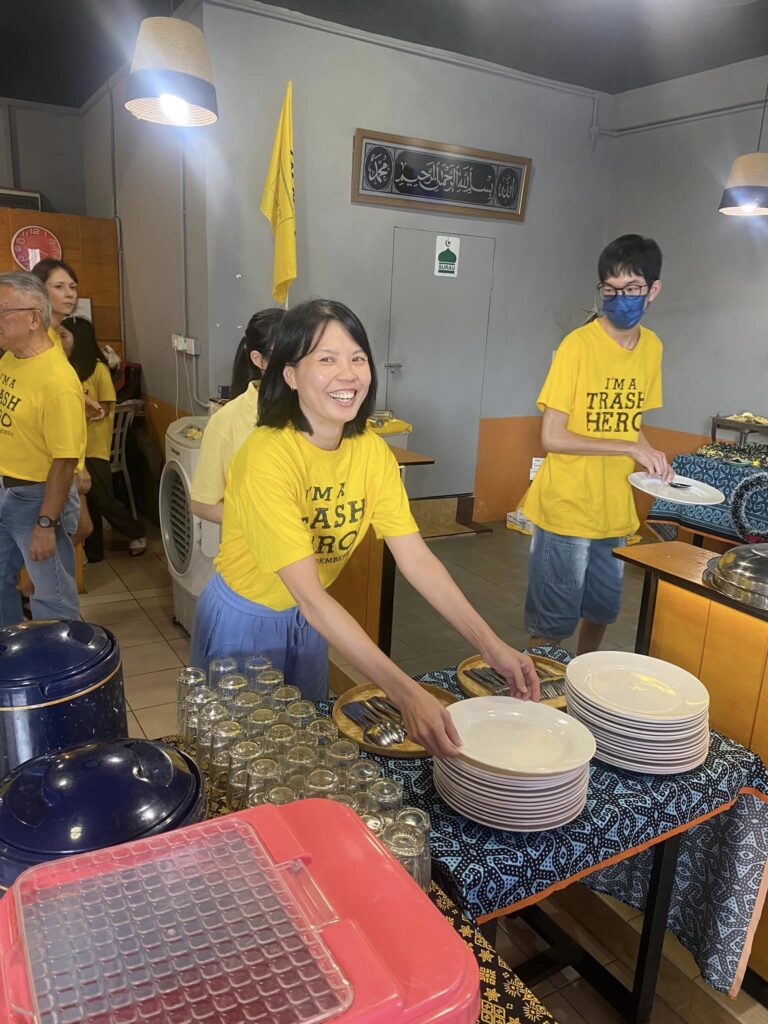
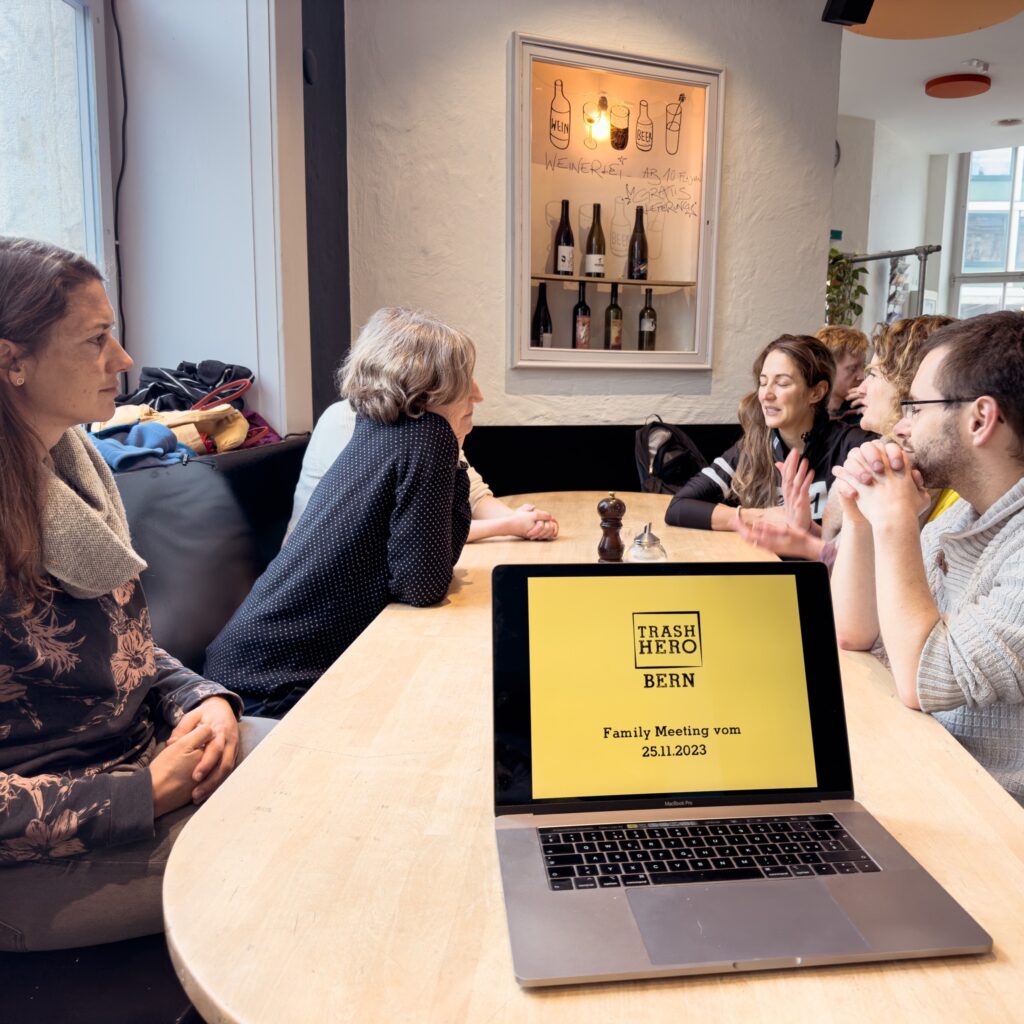
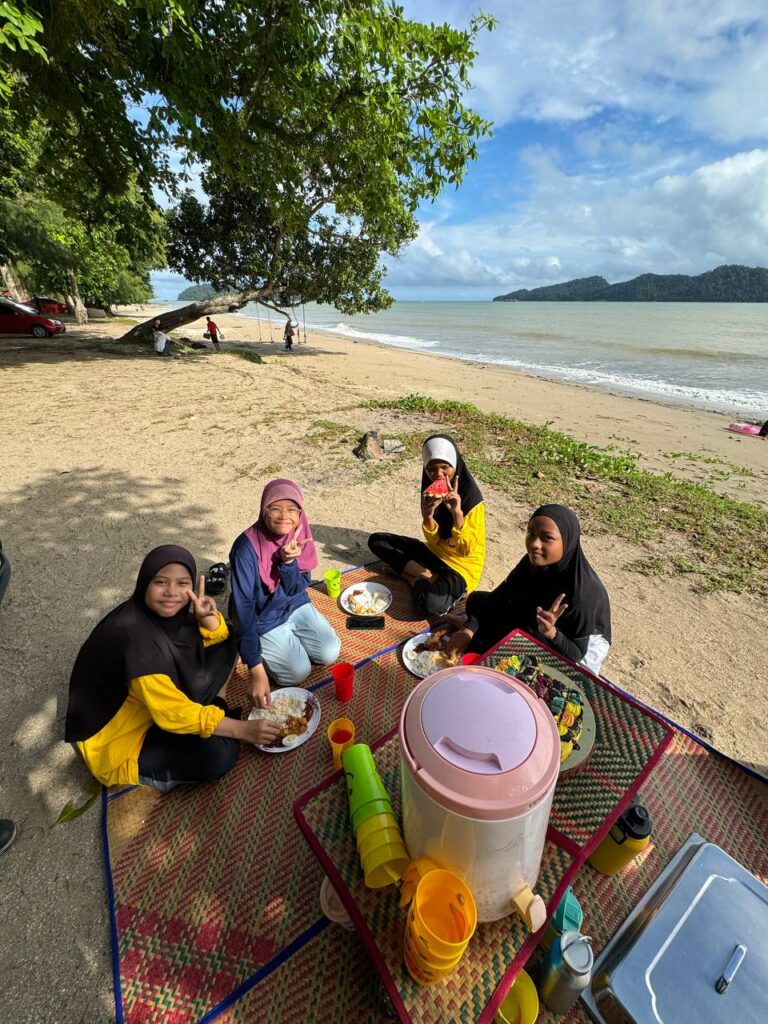
Trash Hero Langsuan in Thailand held a full day of activities for their volunteers and involved representatives from the local government, temple and even the district hospital who gave a presentation on the health dangers of trash.
Trash Hero Tha Sala, Thailand, Trash Hero Bern, Switzerland and Trash Hero Kota Kinabalu, Malaysia, used the Chapter Family Meeting to reflect on what they achieved in 2023 and what they hope to accomplish in 2024.
Chapter Family Meeting numbers so far:
Thailand: 28 adults, 21 kids, 4 locations
Malaysia: 31 adults, 32 kids, 4 locations
Switzerland: 8 adults, 1 location
Chapter Family Meetings continue to take place in early 2024.
Thank you to everyone who participated in, organised and supported these events. Now we are fully charged and ready for another year of action!
read more

